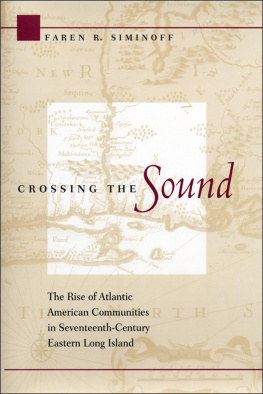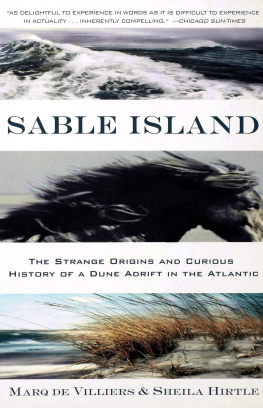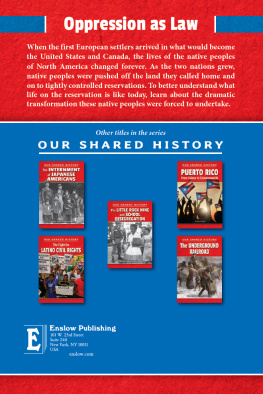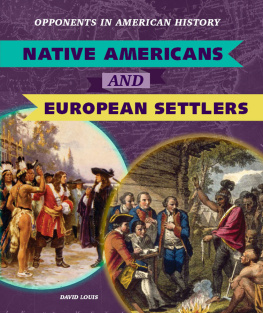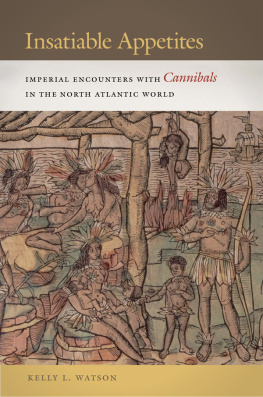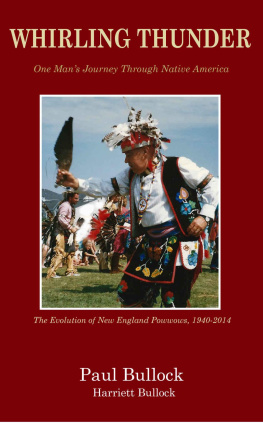Thank you for buying this ebook, published by NYU Press.
Sign up for our e-newsletters to receive information about forthcoming books, special discounts, and more!
Sign Up!
About NYU Press
A publisher of original scholarship since its founding in 1916, New York University Press Produces more than 100 new books each year, with a backlist of 3,000 titles in print. Working across the humanities and social sciences, NYU Press has award-winning lists in sociology, law, cultural and American studies, religion, American history, anthropology, politics, criminology, media and communication, literary studies, and psychology.
Crossing the Sound
Crossing the Sound
The The Rise of Atlantic American Communities in Seventeenth-Century Eastern Long Island
Faren R. Siminoff
NEW YORK UNIVERSITY PRESS
New York and London
www.nyupress.org
2004 by New York University
All rights reserved
Library of Congress Cataloging-in-Publication Data
Siminoff, Faren Rhea.
Crossing the sound : the rise of Atlantic American communities in seventeenth-century eastern Long Island / Faren R. Siminoff. p. cm.
Based on the authors thesis (Ph.D.)New York University, 2001. Includes bibliographical references (p.) and index.
ISBN 0-8147-9832-2 (acid-free paper)
1. Long Island (N.Y.)History17th century. 2. Long Island (N.Y.)Social conditions17th century. 3. Long Island (N.Y.) Ethnic relations. 4. Frontier and pioneer lifeNew York (State) Long Island. 5. Indians of North AmericaNew York (State) Long IslandSocial conditions17th century. 6. British AmericansNew York (State)Long IslandSocial conditions17th century. 7. Dutch AmericansNew York (State)Long Island Social conditions17th century. 8. Community lifeNew York (State)Long IslandHistory17th century. 9. Land settlementNew York (State)Long IslandHistory17th century. 10. Culture conflictNew York (State)Long IslandHistory 17th century. I. Title.
F127.L8S56 2004
974.72101dc22 2004006085
New York University Press books are printed on acid-free paper, and their binding materials are chosen for strength and durability.
Manufactured in the United States of America
10 9 8 7 6 5 4 3 2 1
In loving memory of my father,
Dr. Paul Siminoff,
and my friend and mentor,
Professor Robert J. Surtees.
Contents
Acknowledgments
The authors name always appears on the cover, but in reality no one completes this type of project alone. I have been fortunate in my family, friends, and mentors. When I decided to change careers, many acquaintances thought my decision to give up practicing law full-time and to become a historian was impractical. Why would anyone want to give up a relatively stable legal career and go down the uncertain road of academia? Yet, despite the financial and personal sacrifices, I was blessed with a supportive husband and friend, Leslie Salmon, who encouraged me to pursue what I love, the study of American history. I also have to thank my son, Jason Salmon, who often accompanied me to libraries and archives and never complained. In addition, the love and support of my mother, Mildred Siminoff, and sisters, Laura and Julie, have always been important. I also need to thank my in-laws, Elaine and Arthur Salmon (the latter is no longer with us but is much missed), who supported me by opening their home to me summer after summer so that I could spend time in the East End libraries and archives needed for this project.
Friends add immeasurably to anyones life, and I have been fortunate to have so many wonderful and supportive friends, particularly Debra Michaels, for always pulling me along, Elaine Pinckney, Nancy Mykoff, and Cheryl Paradis.
This project started as my doctoral dissertation, and I am forever indebted to New York Universitys history department and to many of its professors. Professor Patricia U. Bonomis advice on matters both intellectual and personal was indispensable, and Professors Marilyn Young, Carl Prince, Jeffery Sammons, and Walter Johnson also gave generously of their time and guidance. In particular, the financial support provided by a teaching assistantship from Professor Moss Roberts, along with his willingness to listen to my endless complaints and worries, was invaluable. My thanks also to New York University Press and to my editor, Deborah Gershenowitz, for devoting so much time and energy to this project.
A project like this requires that the author spend tremendous amounts of time in libraries and archives, and the assistance of the many professionals at these institutions is vital to its completion. Specifically, I would like to single out the East Hampton Library and the archivists of its Long Island Collection, Dorothy King and Diana Dayton, without whose assistance and knowledge this book could not have been written.
Last, but certainly not least, I need to thank my dissertation adviser, Professor Karen Ordahl Kupperman. Professor Kupperman is a scholar of unstinting generosity with both her time and her knowledge, and without her support I would never have discovered my own historical voice. A simple thank-you will have to, but cannot, suffice.
Introduction
On May 26, 1637, in a short but destructive military engagement, militias made up of English settlers and spearheaded by the fledgling Massachusetts Bay Colony destroyed the Pequot Indians stronghold at Mystic and ended the Pequot War. Militia commander Captain John Underhill proclaimed that the powerful Pequots and their lands were fully subdued and fallen into the hands of the English.
Three days later, a lone Montaukett Indian from the eastern end of Long Island arrived at Saybrook Fort, which was located close to Mystic, at the mouth of the Connecticut River. He identified himself as Wyandanch, younger brother to the powerful Long Island Manhasset sachem This exchange between a minor Montaukett sachem and the commander of Saybrook Fort heralded the incorporation of Long Islands eastern end along with the entire Long Island Sound subregion, its peoples, and its valuable natural resources, into greater southern New England, as well as the emerging Atlantic world.
The origins of the Atlantic world date back to the fifteenth century, when Europeans, for the first time in their history, gained sufficient mastery of the oceans to support continuous and permanent interactions with Africa, the Americas, and Asia. This set in motion a global reshuffling of cultures and ultimately led to the rise of wholly new communities, particularly in the Americas. The Atlantic world, from its inception, was distinct not so much for its physical boundaries as a sphere into which ideas, peoples, and cultures were both exchanged and transformed.
The meeting between Wyandanch and Lion Gardiner was typical of recurring exchanges in the region and demonstrated the role that distinct communities of interest played in southern New England. Communities of interest, is a term used here to denote the existence of multiple smaller communities within the larger traditional aggregates of peoples (English, Dutch, Ninnimissinuok) in southern New England; communities that articulated their own specific goals and gave shape to the formation of the Atlantic world. In southern New England, these communities included English grandees, Community alliances were quite fluid and did not necessarily line up according to common ethnic or national affiliations.

